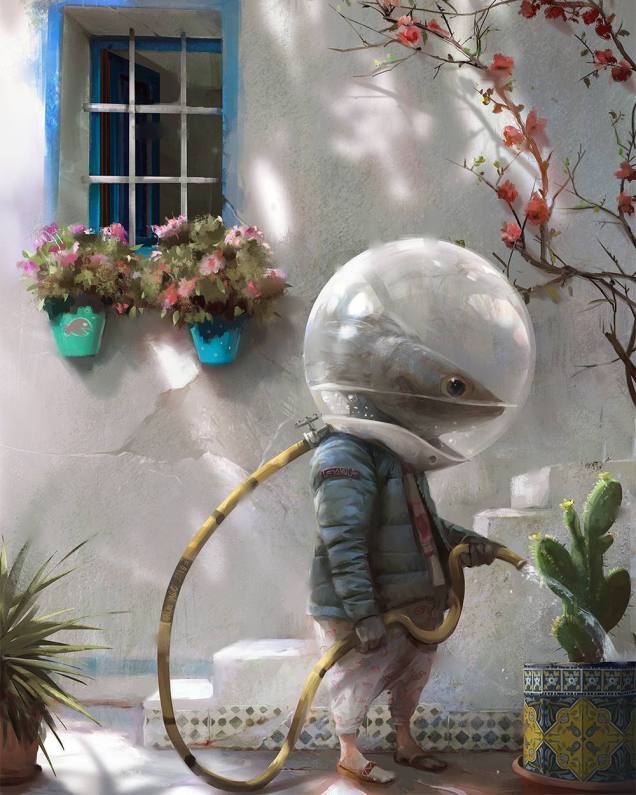Here are a few pictures where I put the cursor incorrectly. Maladjustments.
Too much grain from too big ISO. Unfocusing. Underexposing. Motion blur from opening too long. Overexposing…
Et tout ça intentionnellement ! Of course, most of the time, it’s intentional…
AndI wanted first to write an article from it, something like :
In what other fields do we (or could we) invent intentional maladjustments? Poetry? Teaching? Architecture? Why? What does it bring?
I think it’s one of the core of this blog. My state of mind does this all the time. I watch a bunch of pictures, and it’s automatically weaving : I braid assessments, from the simple (I like it/I don’t) grow branches of analysis : How is it made? What does the photographer want? And in the hole pack, where’s the structure/pattern?
And a few more, probably, but I stop here because it’s three. A braid – in French, c’est une tresse…
The structure I show here is : intentional maladjustments.
The guy who invented penicillin shows another structure : serendipity, or fortunate discovery – which is very amusing to explore, leading to one of the most pleasant quote I ever found (from Pasteur) :
Chance favors the prepared mind
I finish with this question : how do you use this “mental gymnastics” process (the game of finding structures)? Why is it useful? When could it be useless, or even harmful?
In front of Art (example : “The Unhinger” : Manet’s Le Déjeuner sur l’Herbe (1863) is a MESS), do you just plunge into it, finding beauty, or do you immediately want to read about it or meet the artist, to understand what he wants (in him/for you)?
Have a nice day!

The traditional version of this story describes the discovery as a serendipitous accident: in his laboratory in the basement of St Mary’s Hospital in London, Fleming noticed a Petri dish containing Staphylococci that had been mistakenly left open was contaminated by blue-green mould from an open window, which formed a visible growth. There was a halo of inhibited bacterial growth around the mould. Fleming concluded that the mould released a substance that repressed the growth and caused lysing of the bacteria.
Wrong Way Up and… the game of “finding structures”






